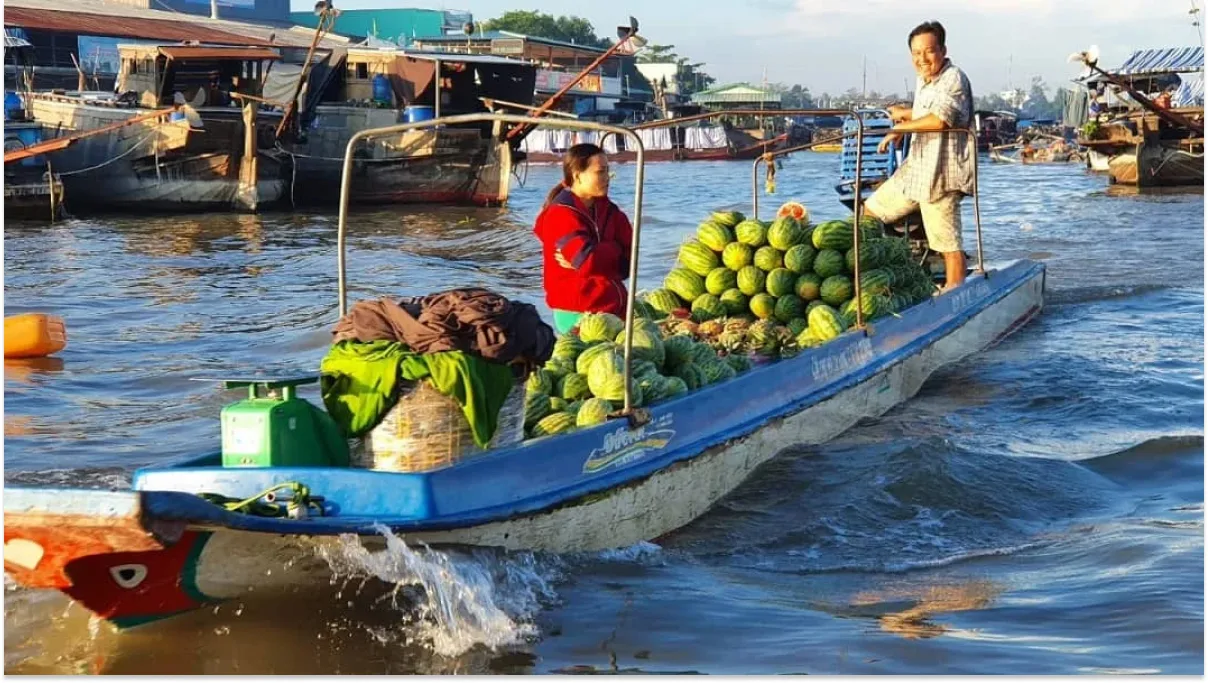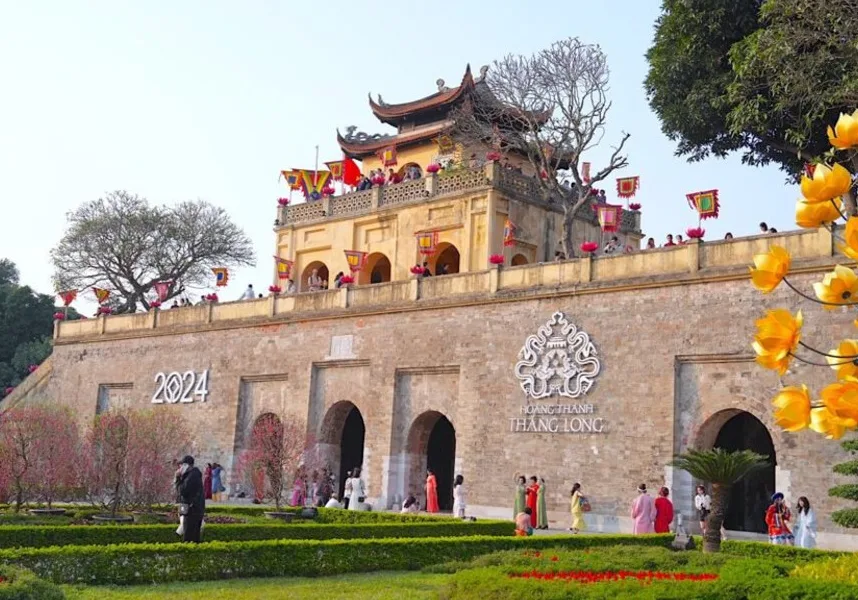
The Floating Villages of the Mekong Delta: Life Between Water and Sky
The Mekong Delta has long been known as Vietnam’s “rice bowl,” but to me, it’s far more than that — it’s a land where rivers define life, where floating homes and markets create a world both peaceful and full of motion.
One of my most unforgettable experiences here was visiting the floating villages, where daily life drifts gently along with the current — calm, rhythmic, and endlessly fascinating.
🌅 Sunrise on the Floating Village — A Living Painting on Water
I arrived early one dry-season morning. As the first golden rays of sunlight touched the river, everything glowed — smoke rose from small stilt houses, mingling with soft mist, while roosters crowed and paddles stirred the calm surface.
My boat glided between floating homes anchored on wooden rafts. Children splashed joyfully in the river while parents loaded boats with fruit and goods for the nearby floating market. Here, life isn’t divided between land and water — it’s one seamless, flowing existence.
🛶 Floating Markets — The Beating Heart of River Life
No trip to the Mekong is complete without visiting its vibrant floating markets — Cái Răng (Cần Thơ), Long Xuyên, or Ngã Bảy (Hậu Giang).
I arrived at 5 AM, when the river was still wrapped in mist. Dozens of boats filled with watermelons, mangoes, jackfruits, and bananas clustered together, each one displaying a tall bamboo pole with samples of what they sold — a uniquely Vietnamese “advertising style.”
I ordered a steaming bowl of hu tieu (rice noodle soup) cooked right on a boat, with an iced coffee in hand. Surrounded by the aroma of broth and the buzz of trade, I felt like part of the river’s pulse.
Highlight: Vendors chatted cheerfully while cooking, sharing stories about flood seasons, abundant fish harvests, and their joy when travelers visit to experience their floating world.
🐟 Earning a Living on the River
In floating villages around An Giang and Đồng Tháp, families make a living from fish farming. I was invited to step onto a floating house, where beneath the floor, thousands of pangasius fish swam energetically. With one pull of the net, the water splashed everywhere — wild, powerful, and full of life.
By day, locals fish and tend their cages; by night, the village glows with oil lamps, folk music, and laughter carried by the breeze. Dinner was simple — braised fish, boiled vegetables, and homemade fish sauce — but it was one of the most heartfelt meals I’ve ever had.
🍲 Floating Flavors — The Cuisine of the Waterways
The food here is as rich as the culture itself. I tasted:
- Boat noodle soup (Hu tieu ghe) — light yet flavorful, simmered with pork bones.
- Southern-style banh xeo — crispy pancakes as big as the pan, filled with shrimp and sprouts.
- Grilled snakehead fish (Ca loc nuong trui) — cooked over straw, smoky and tender.
- Fresh tropical fruits — mango, mangosteen, rambutan, eaten right in the orchard.
Tip: Don’t miss drinking fresh coconut water straight from the shell while floating under the sun — it’s the pure taste of the Mekong itself.
🌿 Unmissable Experiences
Stay overnight in a river homestay: Fall asleep to the rhythm of gentle waves and the cool river breeze.
Learn to row a wooden sampan: Locals will teach you how to glide through narrow canals with ease.
Join the flood season (August–November): When the water rises, the delta transforms into a floating paradise of fish and food.
Listen to Don ca tai tu: A UNESCO-recognized form of southern folk music that captures the spirit of the region.
💡 Travel Tips for International Visitors
Best time to visit: Dry season (Dec–Apr): Comfortable weather, easy travel. Flood season (Aug–Nov): Unique scenery and cultural festivals.
Getting around: Hire a local boat tour with a guide — they’ll share legends and hidden gems you won’t find in guidebooks.
What to bring: Sunscreen, wide-brimmed hat, insect repellent, and a camera — every corner here is photogenic.
Recommended stay: Spend at least 2 days and 1 night to truly experience the slow rhythm of life.
✨ Leaving the Floating Village — A Memory that Flows Forever
As I left the village, I realized this wasn’t just sightseeing — it was a glimpse into a world where humans and nature live in harmony. I had eaten, sung, and paddled alongside the locals, and it changed how I saw Vietnam.
Conclusion
If Hanoi is the heart of culture, and Huế the soul of history, then the Mekong Delta is the breathing rhythm of Vietnam — serene, generous, and full of life.

Comments (0)